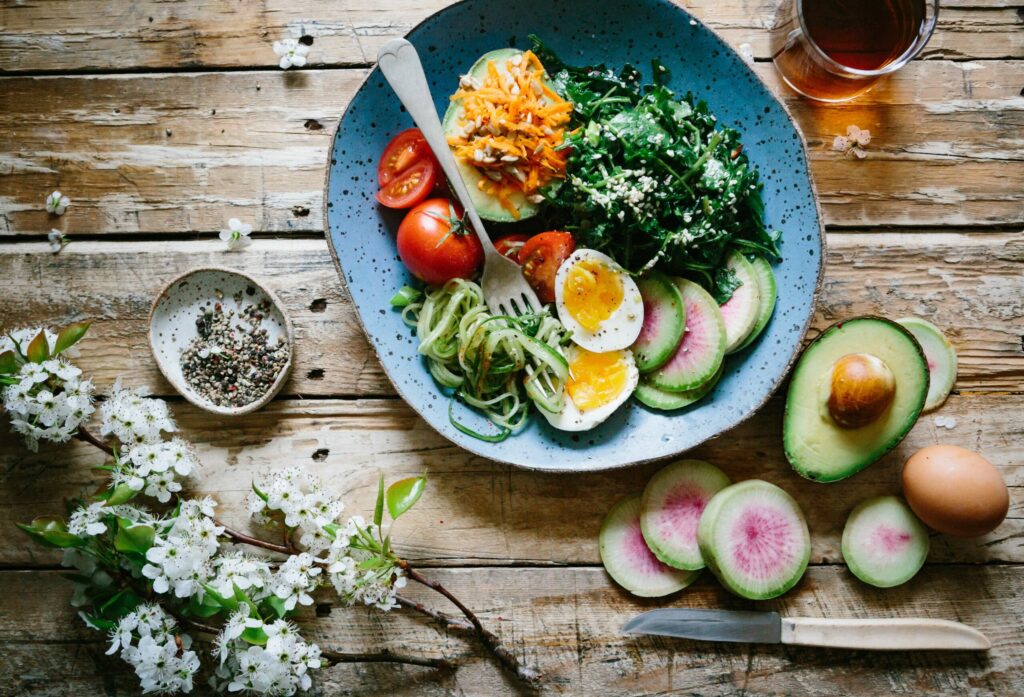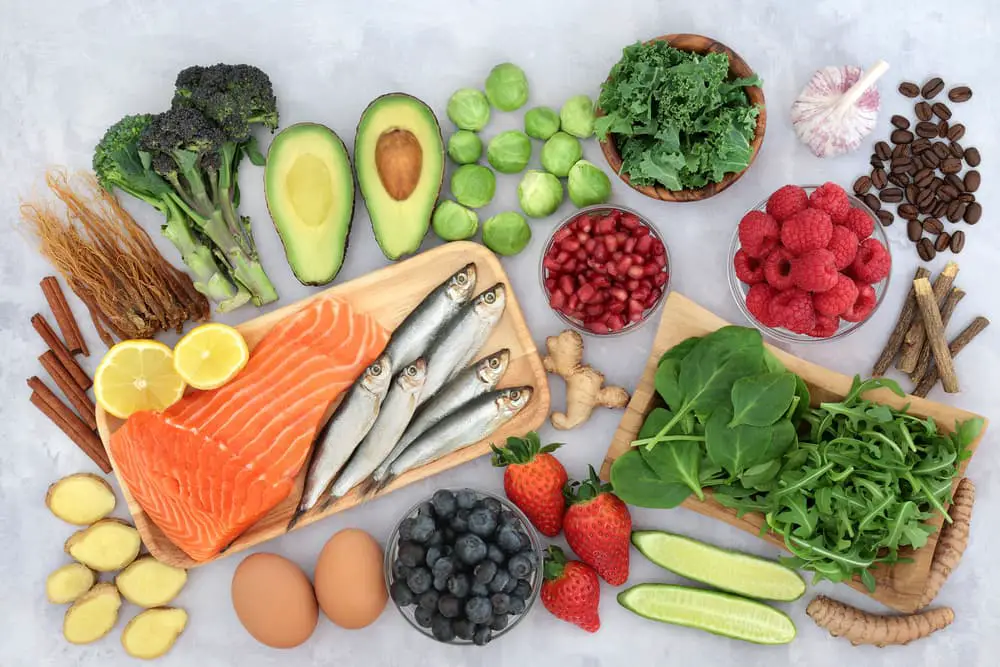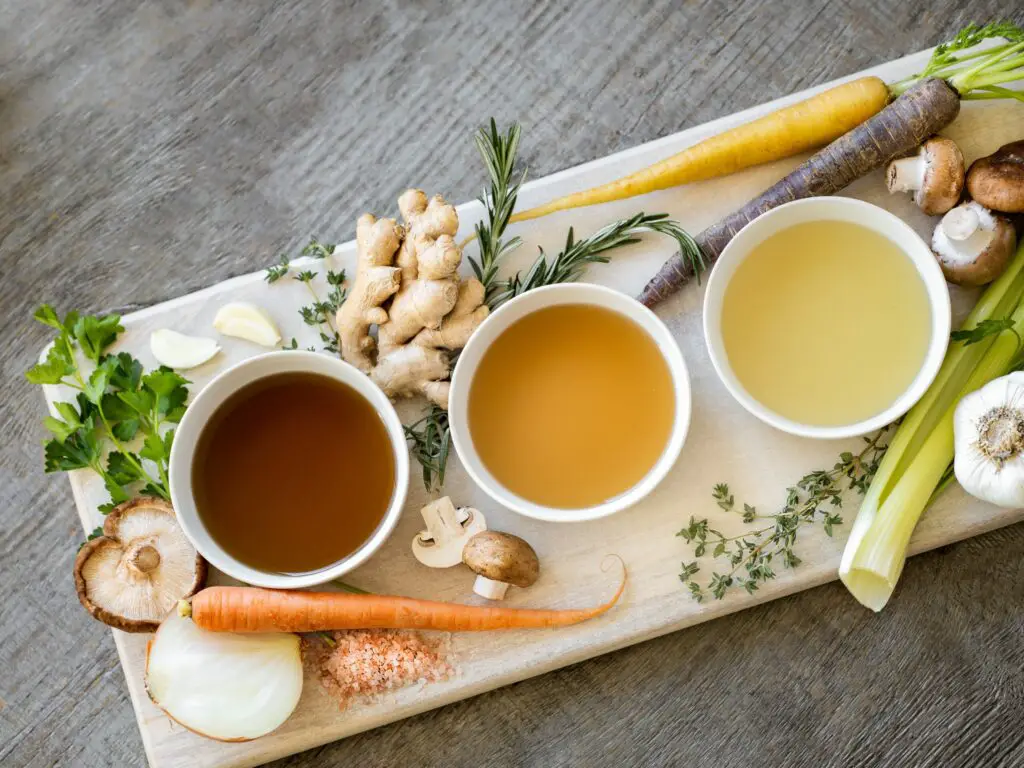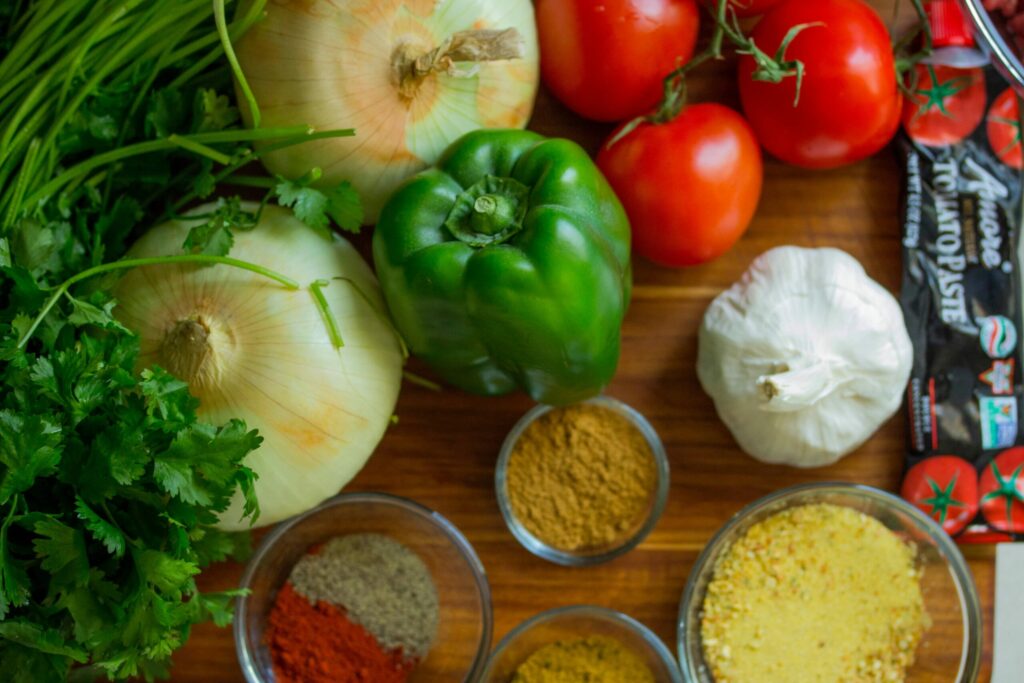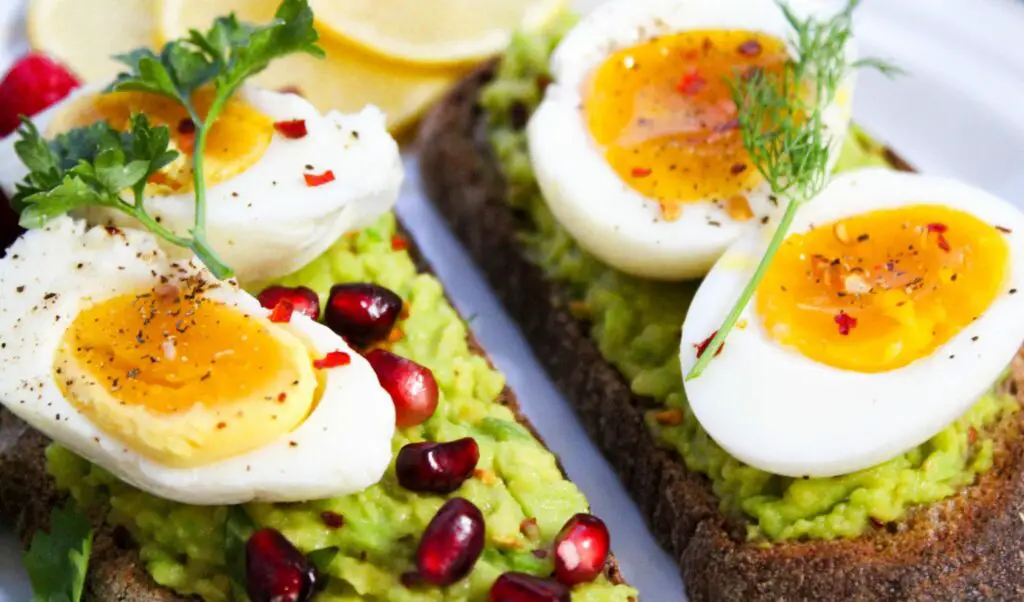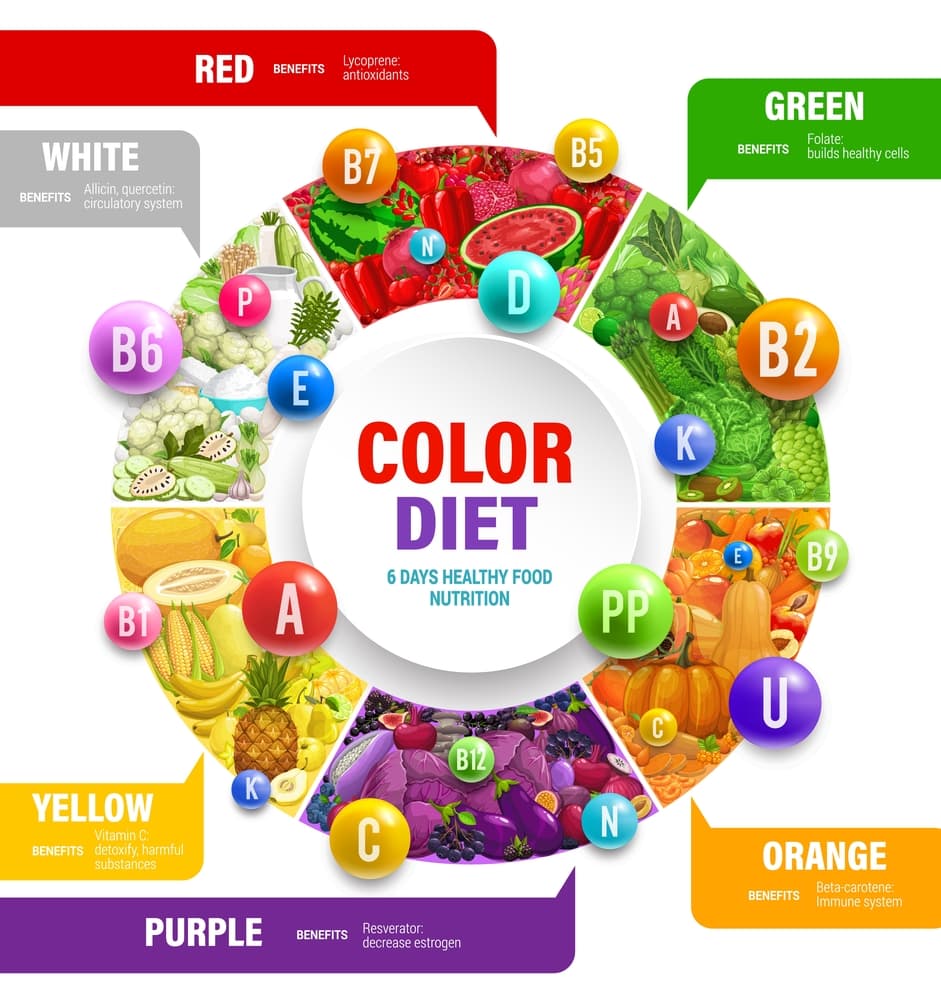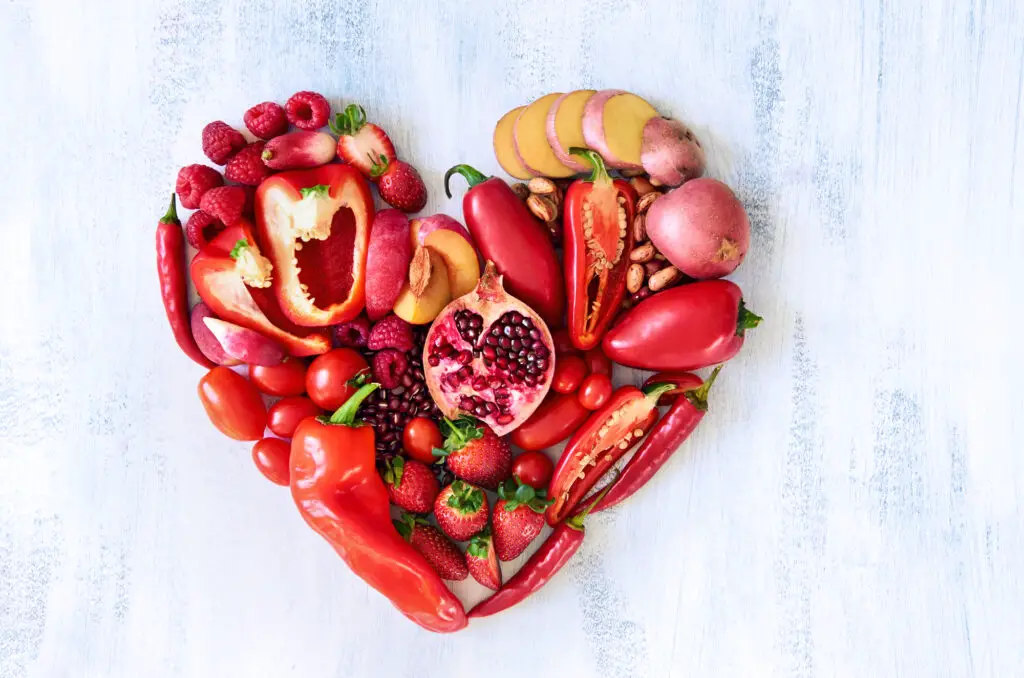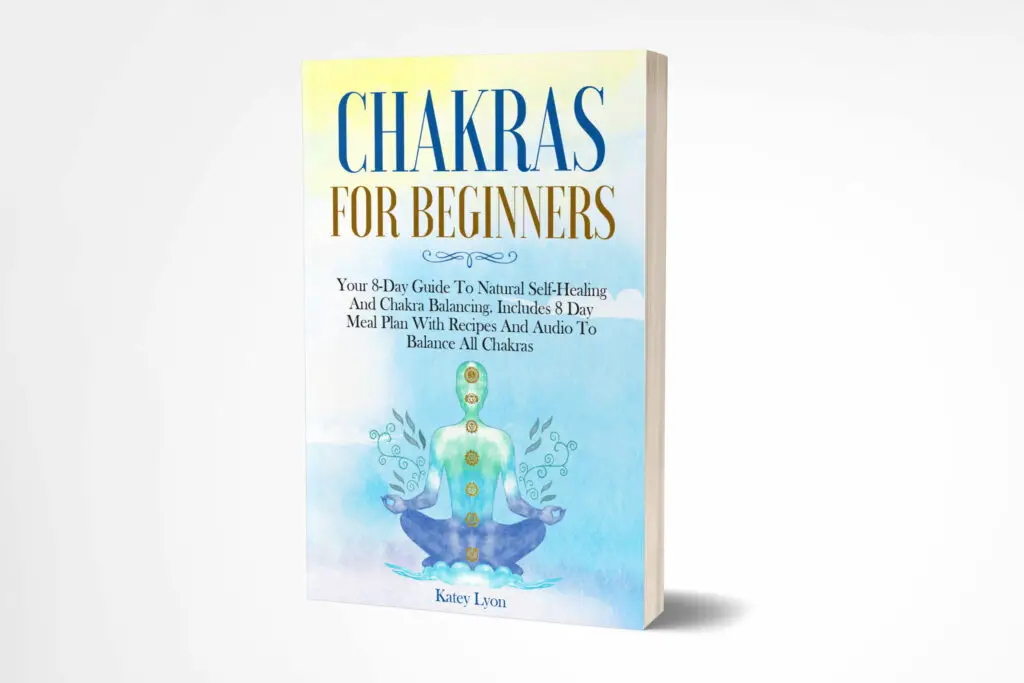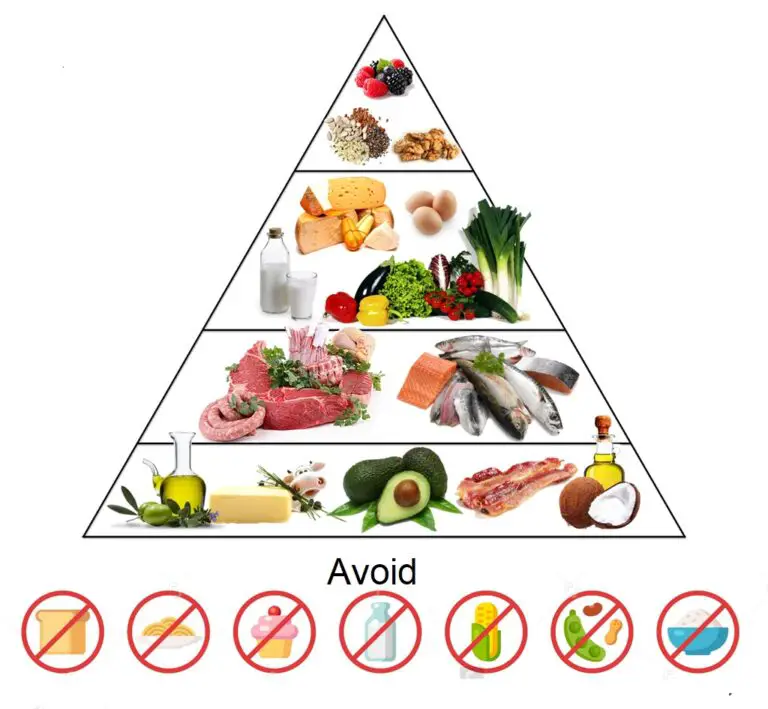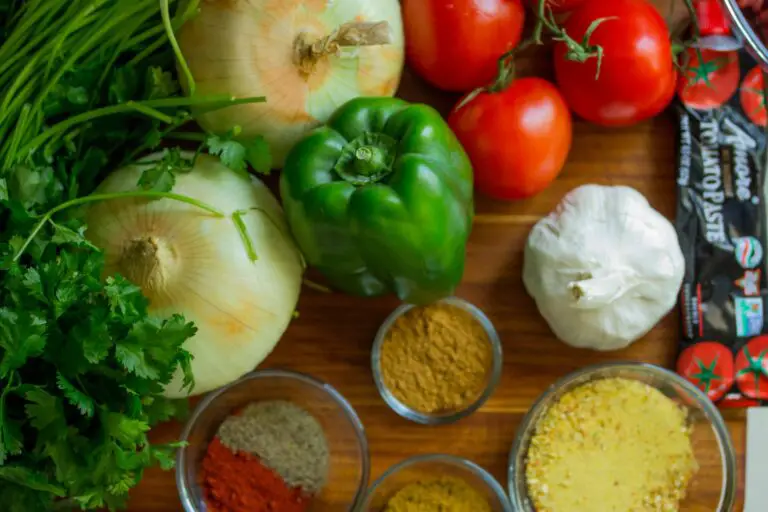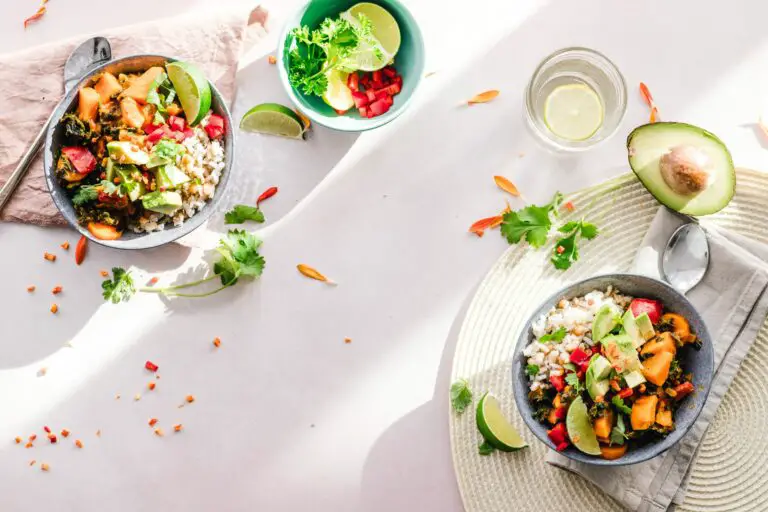What Is The Healthiest Type Of Diet?
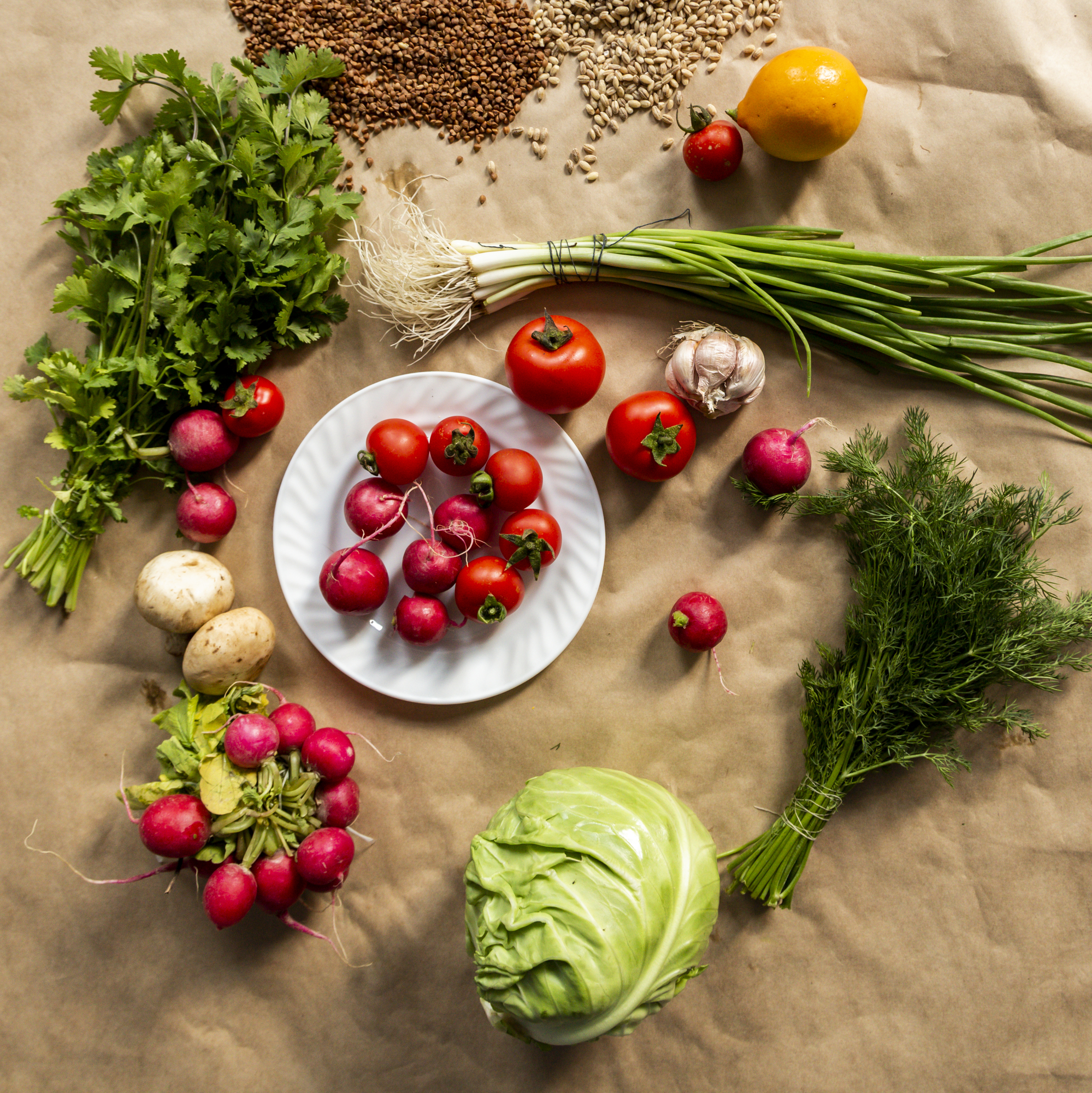
The healthiest type of diet is one that is well-balanced and includes a variety of nutrient-dense foods. There are many different types of diets that can be healthy, but some general guidelines include:
- Focus on whole foods: Eating a diet that is rich in whole, unprocessed foods such as fruits, vegetables, whole grains, lean proteins, and healthy fats can provide your body with the nutrients it needs to function properly.
- Limit processed foods: Highly processed foods, such as sugary drinks, snacks, and fast food, can be high in calories, sugar, and unhealthy fats, while lacking in essential nutrients.
- Include a variety of macronutrients: Your body needs a balance of carbohydrates, protein, and fat to function properly. Eating a variety of foods that provide these nutrients can help ensure that your body is getting everything it needs.
- Choose healthy sources of fat: Unsaturated fats, such as those found in nuts, seeds, and fatty fish, are important for overall health.
- Limit added sugars: Consuming too much added sugar can contribute to obesity, diabetes, and other health problems.
- Stay hydrated: Drinking enough water is essential for proper bodily function and can help prevent dehydration.
Ultimately, the healthiest type of diet for you will depend on your individual needs, preferences, and health goals. Consulting with a registered dietitian or healthcare provider can help you create a personalized nutrition plan.
The fact of the matter is that when people start their journey towards healthy eating, the first problem they face is the sheer number of diet plans available. It cannot be easy to choose which one is best for you. Nevertheless, some of the best diets can help you live healthy. And if you are considering eating healthily, I wrote an article about how much it costs to eat healthily. Discover also why eating healthy is essential. In my article about why healthy cooking is important. You can also discover which are the 7 techniques that are the healthiest and why.
5 Healthiest Type Of Diets
Mediterranean Diet

The people who live in the areas surrounding the Mediterranean Sea generally live longer than your average American and are less likely to suffer from cancer or cardiovascular diseases. The reason behind this is fairly simple. They adopt a very active lifestyle and have a diet that has little red meat, saturated fat, and sugar. The Mediterranean diet is considered to be the healthiest diet in the world, and for a good reason. It contains a lot of fruits, vegetables, whole grains, legumes, olive oil, fish, and poultry. Red wine is also an integral part to be consumed regularly but moderately. It was originally formulated in the 1960s and had elements from Greek, Turkish, Italian, and Spanish Cuisines.
Following the Mediterranean diet has numerous benefits. Olive oil is the primary source of added fat or oil in the diet, providing monounsaturated fats, which lower the cholesterol level and reduce low-density lipoprotein. Monosaturated fats are also provided by the Nuts and Seeds in the diet. Fatty fish, such as mackerel, herring, sardines, albacore tuna and salmon, contain many omega-3 fatty acids. These polyunsaturated fats help fight inflammation in the body. Omega-3 fatty acids also help decrease triglycerides, reduce blood clotting, and lower the risk of stroke and heart failure. Red wines, a main figure of this diet, also help reduce the chances of heart failure. The best thing about this diet is that it provides a lot of diverse flavors and contains spices, which allow you to enjoy your food rather than just consuming it for the sake of healthy living. This diet is nutritionally sound and stable.
Some health risks come with the Mediterranean diet, as with any other diet. The first one is that Alcohol, while beneficial if consumed moderately, can cause other health problems if taken too much. Also, people who are prone to alcohol abuse, at risk of breast cancer or other health issue or are pregnant should avoid alcohol altogether. The reduced dairy products may also result in Calcium and iron deficiency, so it is imperative to take calcium and iron-filled food in your diet. The fats in olive oil can also make you gain weight so you should be careful. If you want to find out what is the Mediterranean Diet, its benefits and try a few recipes, I wrote an article that explains What exactly is a Mediterranean Diet.
Anti-inflammatory diet

An anti-inflammatory diet is designed to promote optimal health by emphasizing nutrient-dense whole foods. This diet has been designed to reduce chronic inflammation and encourage consuming vitamins, minerals, fiber, essential fatty acids, and phytonutrients. The diet was designed by Andrew Weil and is loosely based on the Mediterranean diet, with the addition of Black tea and green tea. The reason for adding tea to the diet is that tea has been researched to have anti-inflammatory effects. The anti-inflammatory diet is very well-balanced, focusing on vegetables, fruits, healthy fats, nuts, spices, and even red wine while reducing the consumption of processed meats, added sugars, refined grains, and processed oils. The anti-inflammatory diet doesn’t prescribe a specific set eating routine. Instead, it just recommends that you eat four to six times each day, and try to include carbohydrates, protein, and fat with every meal or snack.
The anti-inflammatory diet helps promote a healthier lifestyle with fewer risks of diseases or health problems. The tea and food variations in this diet can help reduce inflammation and the risk of diseases. The food in this diet is rich in resveratrol and antioxidants, which help reduce inflammation. These foods are also rich in vitamins, minerals, and other essential nutrients, providing a good balance of carbohydrates, fats, and proteins. The best thing about this diet is that there is no strict meal plans or calorie counting and you are free to fashion your meal according to your taste and favorite recipes.
There are some setbacks to the anti-inflammatory diet, such as the fact that this diet emphasizes many common allergens foods, namely nuts, fish and shellfish, soy, and grains. This diet can also be quite expensive and sourcing completely organic eatables can prove to be quite a big problem. If you want to find out what to eat on an anti inflammatory diet and try recipes I wrote and article called What is a typical anti-inflammatory Diet
More About The Anti-inflammatory Diet
Plant-based diet

Plant-based or plant-forward diets are focused on foods that come primarily from plants. This includes not only fruits and vegetables but also nuts, seeds, oils, whole grains, legumes, and beans. Following a plant-based diet doesn’t make you a vegetarian or vegan and doesn’t insinuate that you can never eat meat or dairy. Instead, you are proportionately choosing more of your foods from plant sources.
There are many benefits to choosing a plant-based diet. The first and the most obvious one seems to be that it is rather easy to lose weight through a plant-based diet, and that too without having to count your calories. Whole-food, plant-based eating can help prevent chronic diseases. Many studies have shown that plant-based diets are especially good at reducing the risks of heart disease and diabetes and lower the rates of arthritis, improve liver function, and result in healthier kidneys.
The biggest risk factor with plant-based diets seems to be that it doesn’t fulfill the nutritional requirements for a healthy lifestyle. It can cause Vitamin B12, Vitamin D, Omega 3 fatty acid, Iron and Calcium deficiency. That is why supplements are an essential item in any plant-based diet.
To conclude, living a healthy lifestyle can seem daunting and difficult, but with the right diet plan that suis your taste, budget and area, it can prove to be quite easy and comfortable. A person new to dieting should thoroughly research the various options they might have before settling for a plan
More About The Plant-Based Diet
Gluten-free diet
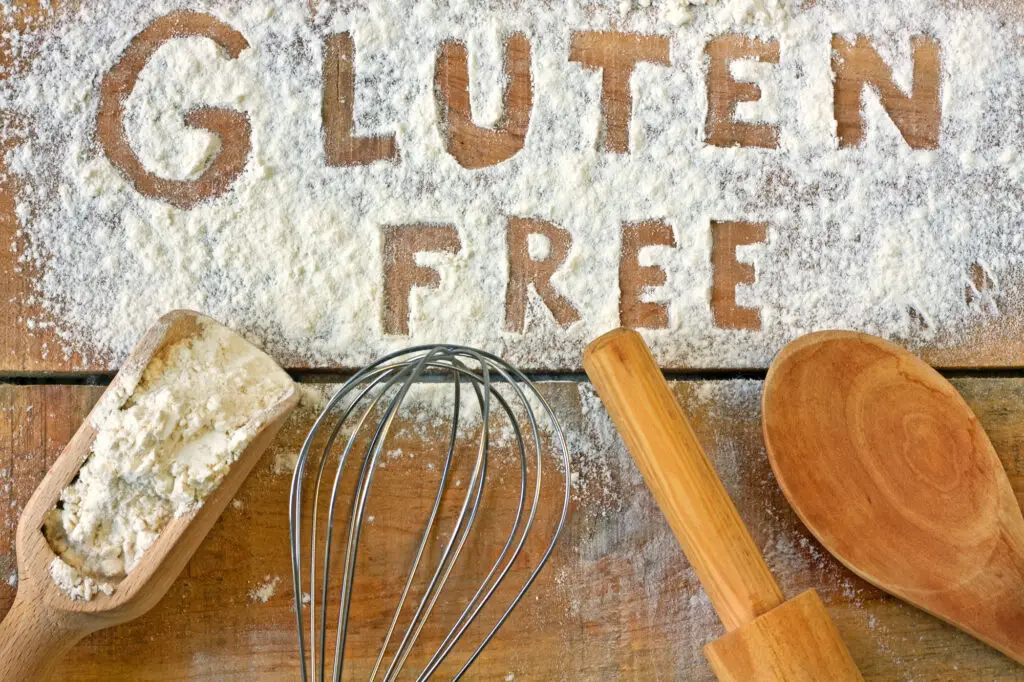
You may have heard the phrase “Gluten-free”. Is it a buzzword or what? Gluten-free is a name of a diet; hence, the name Gluten-free. It is a diet, an eating method, free of food that contains any amount of gluten. Fruits, vegetables, and beans—are some of the popular gluten-free foods found in nature.
A flavor and a binding agent—are two of the main properties of gluten. It is a group of proteins in wheat-based food, grains, barley, and rye. Gluten provides texture, shape, elasticity, and moisture to the food. The way bread rises, the pizza tastes, and the cereal is made thanks to gluten. To choose a gluten-free diet is to avoid eating the foods above.
Gluten is a group of proteins found in certain grains, such as wheat, rye, and barley.
People usually consider a gluten-free diet to be free of carbohydrates. In reality, this isn’t the case. A lot of food like rice and beans are carbs but gluten-free.
Purpose
A gluten-free diet is a necessary option for those diagnosed with celiac disease. It is an autoimmune response to any gluten food that causes the system to attack the small intestine. This attack could lead to pain in the belly, bloating, nausea, and diarrhea. Another disease that requires a gluten-free diet is wheat allergy. People with this allergy must avoid any food with wheat as its autoimmune response may cause symptoms such as sneezing, headache, or skin rash.
People not diagnosed with any medical condition usually follow a gluten-free diet due to its benefits concerning weight loss, increased energy, and health.
What types of foods are included in a gluten-free diet?
A gluten-free diet thrives on carefully selecting nutritional content, ingredients, and food selections.
Some fresh foods that are allowed in a gluten-free diet include:
- Eggs
- Beans, seeds, and nuts
- Fruits and vegetables
- Fish and poultry
- low-fat dairy products
Not all grains, flours, or starches contain gluten. These include:
- Buckwheat
- Corn
- Rice flour
- Soy
- Millet
- Rice
- Sorghum
- Teff
- Tapioca
Foods that are not included in a gluten-free diet:
- Wheat
- Oats
- Rye
- Barley
- Rye
A gluten-free diet is rich in nutrients and energy even though it doesn’t contain so many energy-related foods. Regardless of the rich qualities of a gluten-free diet, it is best to consult a doctor.
The Rainbow Diet
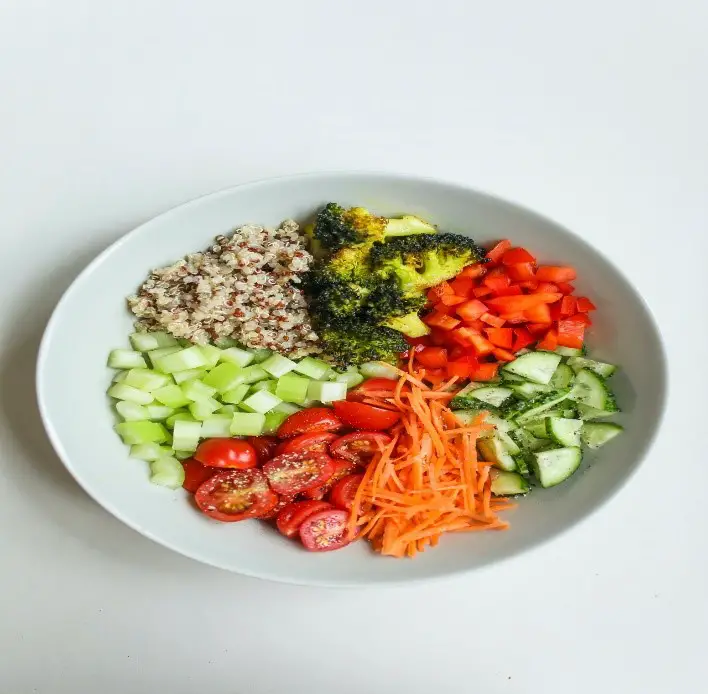
Remember when you were a child and used to divide your dinner into portions according to their colors? Now take that memory and spin it into an aesthetically pleasing weight loss diet plan! This is the rainbow diet.
The Rainbow diet doesn’t require cutting down food groups or anything, and rather this health-based trend encourages users to eat food, like fruits and vegetables, according to the colors of the rainbow! Purple, blue, green, yellow, orange, and red will be the colors of your diet.
Moreover, the rainbow diet doesn’t ban any foods, carbs, or fats–you will eat them all. You must include any vibrant, colorful veggies and fruits in your weekly diet plan.
Why gobble down the rainbow?
Firstly, health professionals suggest eating fruits and vegetables with every meal. As for the colors, plants contain a versatile range of pigments known as phytonutrients. This pigment is responsible for the color of the plants. Different-colored fruits and vegetables are connected to different levels of health benefits and nutrients.
Secondly, while it is important to chew on veggies and fruits, focusing on the colors and forging a plant-based diet will boost your various benefits and nutrients. Different colors will benefit different areas of your body and mind.
Different fruits, different nutritional benefits!
Most colored fruits and vegetables have antioxidant and anti-inflammatory properties that are beneficial for your health. Take, for instance, the red-colored foods; tomatoes and grapefruits. These foods have anti-inflammatory and antioxidant properties. They are also rich in nutrients to protect your body from a heart attack.
In contrast, blue or purple foods in color — plums, eggplants, blueberries, and purple cabbage- help reduce neurological disorders, improve your brain functions, and protect your body from developing certain types of cancer!
Additionally, fruits and vegetables rich in white and brown color, such as leeks, onions, garlic, mushroom, and cauliflower, are good for the health of your heart. They reduce any risk of cancer and are rich in fiber and vitamins like K1 and B6.
Follow the color wheel and eat!
Bringing various colors to your plate is a great way to ensure that you bring different nutrients. Add a fruit or a vegetable to your meal plans and see how it changes and improves your mental and physical health.
Read more about yellow foods and orange foods
A meal plan where you eat each a different color –> Chakras For Beginners: Your 8-Day Guide To Natural Self-Healing And Chakra Balancing. Includes 8 Day Meal Plan With Recipes And Audio To Balance All Chakras
More About The Rainbow Diet
If you are still not sure about eating healthy, I wrote an article about why healthy cooking is important and you can discover which are the 7 techniques that are the healthiest and why.
Recommended


Me encanta cocinar y escribir, tengo un Certificado de Nutrición de Inicio y un diploma de Nutrición Completa acreditado por CTAA y una Certificación de Entrenador de Salud de Nutrición Keto. Creo firmemente que comer sano es la clave para vivir una mejor calidad de vida. He tomado un curso de Terapia Nutricional que me ha dado las bases para comer saludablemente.

